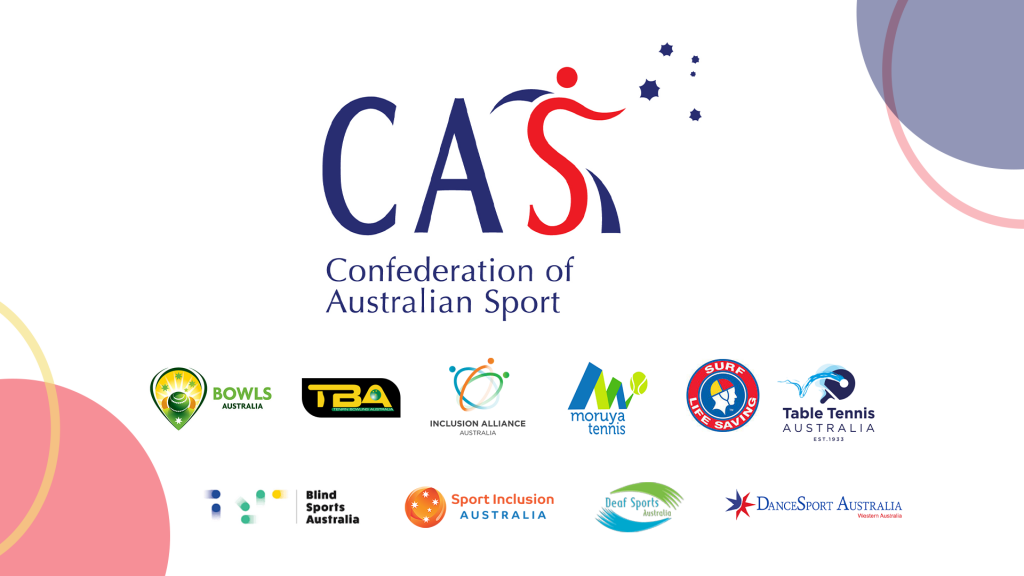Throughout 2021, the Confederation of Australian Sport (CAS) has highlighted why grassroots sports funding is essential.
It was clear that funding from the Federal government was imperative to National Sporting Organisations such as Bowls Australia, Table Tennis Australia and Tenpin Bowling Australia to help Australians become more active, more often through community sports programs.
In addition, facility operators such as the Moruya Tennis Centre, who used the funding to upgrade their men’s and women’s change rooms in the clubhouse, have seen great benefits in membership uptake, particularly from women.
In Australia, the alarming statistic of approximately 17 per cent of children entering secondary school with at-risk blood levels can indicate a future risk of Type 2 Diabetes and Cardiovascular Disease. While within the adult population, it is estimated that two in three are overweight (36 per cent) or obese (31 per cent) which puts them at a higher risk of developing chronic health conditions. Grassroots funding channelled into community sport and schools programs can address these alarming statistics prior to them becoming a problem.
In addition to the physical benefits that come along with increased physical activity, there is also the social and mental health aspect that grassroots sport and programs provide to participants.
The case studies highlight the benefits of very diverse community sport activities that receive support including DanceSport WA, who used a small grant from the WA State Government to host a “Come and Try” day for their Para Dance and All Abilities 12-week pilot program which encompassed many wheelchair dancers and special ability dancers.
“The number of people this has benefited is quite vast, I wouldn’t be able to put an exact number on it,” Chairman of DSWA Judith Williams said.
Surf Life Saving Australia’s used their funding Grant to implement a Silver Salties program aimed to connect over 65’s in the community back to their local surf club while getting them to socialise and be physically active.
All the compiled case studies demonstrate strongly why funding is essential to building and developing communities that encourage participants to increase their physical activity levels.
